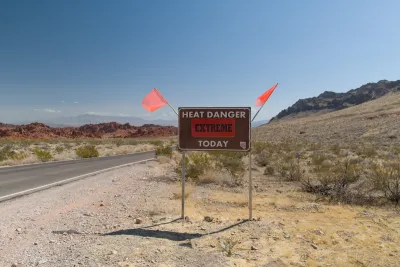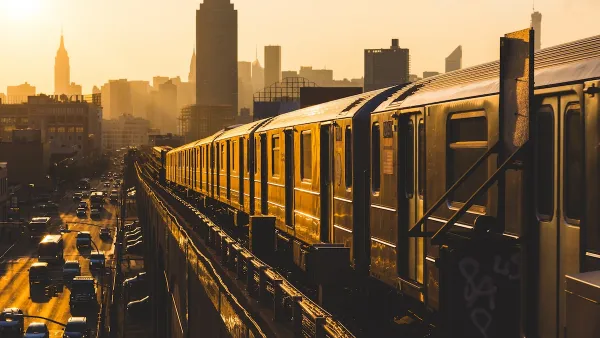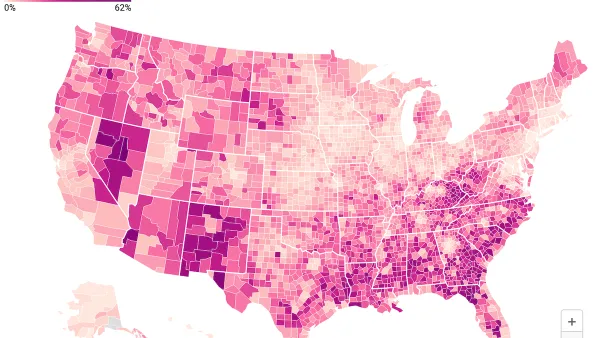The U.S. is heading into another dangerously hot summer, with widespread extreme heat, drought, and wildfire risks compounded by underfunded federal agencies and growing pressure on local governments to protect vulnerable communities.

The United States faces yet another summer of extreme heat, with the National Oceanic and Atmospheric Administration (NOAA) forecasting unusually high temperatures across nearly the entire country from June through August. Already in early May, places like International Falls, Minnesota, saw record-breaking heat, and wildfires have begun to flare up in parts of the Midwest. The rapid melting of the western snowpack and ongoing drought conditions in the South and mid-Atlantic states are further compounding concerns, setting the stage for a season marked by dangerous heat waves, drought, and wildfires.
At the same time, widespread staffing shortages and reduced capacity at key federal weather and climate agencies, including the National Weather Service, have left local governments, universities, and nonprofits to take on the bulk of public outreach and response. Experts worry that these gaps could hinder preparation and emergency response, especially in communities most vulnerable to heat stress. Climate scientists describe extreme heat as a form of "slow violence" with far-reaching effects on mental clarity, sleep, and public health, disproportionately affecting groups such as migrants, incarcerated people, and children in undercooled schools.
Despite national challenges, some local and state governments are stepping up. Cities like Tucson and states such as California and Nevada have implemented heat resilience plans and policies—ranging from increased communication to the expansion of cooling centers. However, many local efforts remain underfunded and overburdened in the face of rising temperatures and prolonged climate emergencies. As NOAA confirms that excessive heat is already the leading cause of weather-related deaths in the U.S., communities across the country are being forced to adapt rapidly, often without the federal support needed to meet the scale of the crisis.
FULL STORY: US faces another summer of extreme heat as fears rise over Trump cuts

Planetizen Federal Action Tracker
A weekly monitor of how Trump’s orders and actions are impacting planners and planning in America.

Chicago’s Ghost Rails
Just beneath the surface of the modern city lie the remnants of its expansive early 20th-century streetcar system.

San Antonio and Austin are Fusing Into one Massive Megaregion
The region spanning the two central Texas cities is growing fast, posing challenges for local infrastructure and water supplies.

Since Zion's Shuttles Went Electric “The Smog is Gone”
Visitors to Zion National Park can enjoy the canyon via the nation’s first fully electric park shuttle system.

Trump Distributing DOT Safety Funds at 1/10 Rate of Biden
Funds for Safe Streets and other transportation safety and equity programs are being held up by administrative reviews and conflicts with the Trump administration’s priorities.

German Cities Subsidize Taxis for Women Amid Wave of Violence
Free or low-cost taxi rides can help women navigate cities more safely, but critics say the programs don't address the root causes of violence against women.
Urban Design for Planners 1: Software Tools
This six-course series explores essential urban design concepts using open source software and equips planners with the tools they need to participate fully in the urban design process.
Planning for Universal Design
Learn the tools for implementing Universal Design in planning regulations.
planning NEXT
Appalachian Highlands Housing Partners
Mpact (founded as Rail~Volution)
City of Camden Redevelopment Agency
City of Astoria
City of Portland
City of Laramie





























